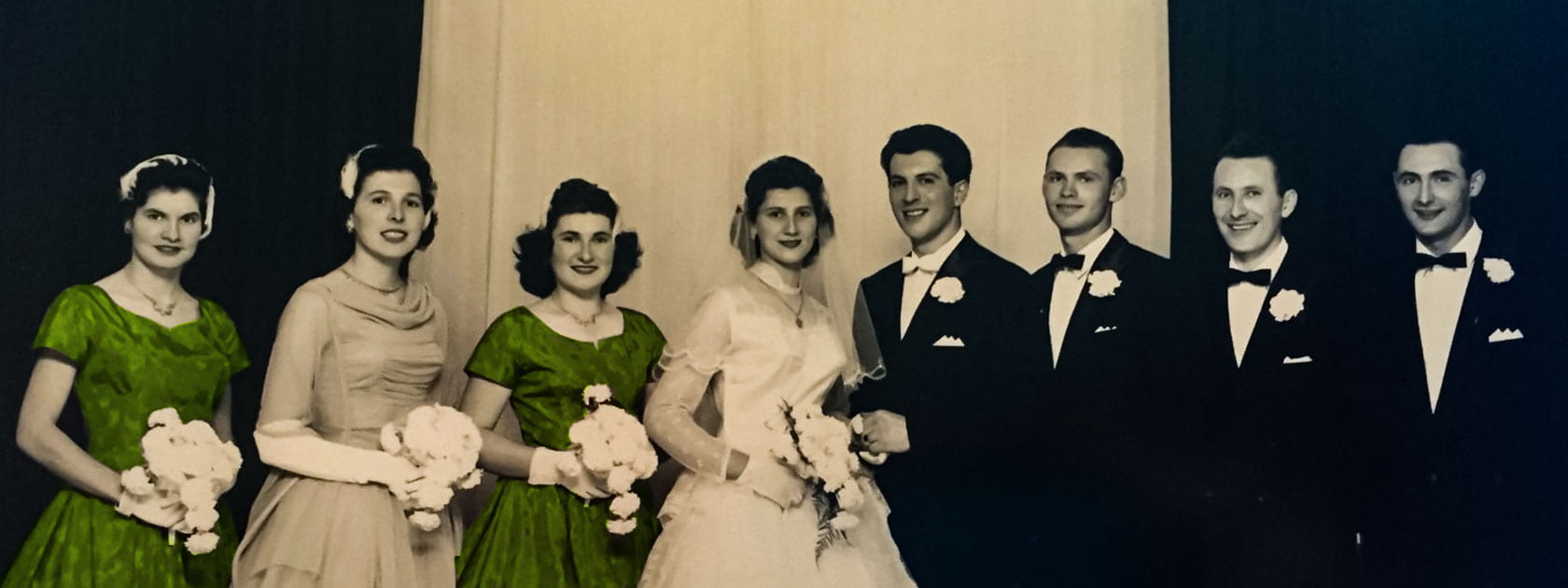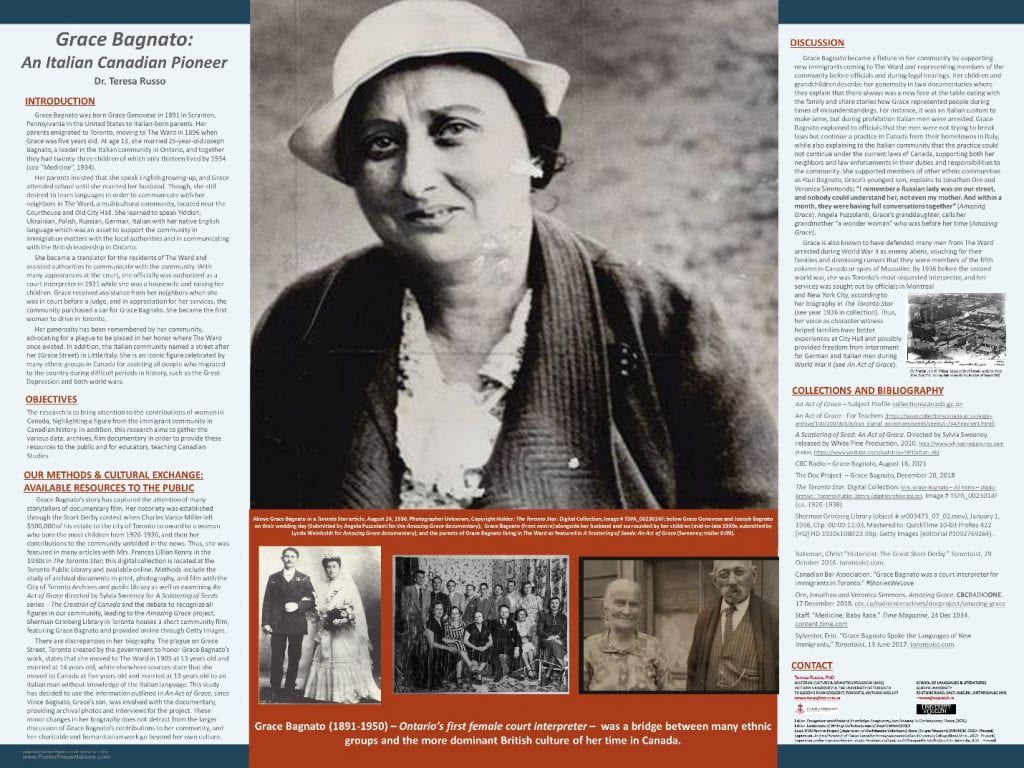
“A Nineteenth-Century Legend: Grace Bagnato (1891-1950)”
Teresa Russo
University of Toronto, 2021
INTRODUCTION & OBJECTIVES
Grace Bagnato was born Grace Genovese in 1891 in Scranton, Pennsylvania in the United States to Italian-born parents. Her parents emigrated to Toronto, moving to The Ward in 1896 when Grace was five years old. At age 13, she married 25-year-old Joseph Bagnato, a leader in the Italian community in Ontario, and together they had twenty-three children of which only thirteen lived by 1934 (see “Medicine”, 1934).
Her parents insisted that she speak English growing up, and Grace attended school until she married her husband. Though, she still desired to learn languages to communicate with her neighbors in The Ward, a multicultural community, located near the Courthouse and Old City Hall. She learned to speak Yiddish, Ukrainian, Polish, Russian, German, Italian with her native English language which was an asset to support the community in immigration matters with the local authorities and in communicating with the British leadership in Ontario.
She became a translator for the residents of The Ward and assisted authorities to communicate with the community. With many appearances at the court, she officially was authorized as a court interpreter in 1921 while she was a housewife and raising her children. Grace received assistance from her neighbors when she was in court before a judge, and in appreciation for her services, the community purchased a car for Grace Bagnato. She became the first woman to drive in Toronto.
Her generosity has been remembered by her community, advocating for a plague to be placed in her honor where The Ward once existed. In addition, the Italian community named a street after her (Grace Street) in Little Italy. She is an iconic figure celebrated by many ethnic groups in Canada for assisting all people who migrated to the country during difficult periods in history, such as the Great Depression and both world wars.
The research is to bring attention to the contributions of women in Canada, highlighting a figure from the immigrant community in Canadian history. In addition, this research aims to gather the various data, archives, film documentary in order to provide these resources to the public and for educators, teaching Canadian Studies.
OUR METHODS & CULTURAL EXCHANGE: AVAILABLE RESOURCES TO THE PUBLIC
Grace Bagnato’s story has captured the attention of many storytellers of documentary film. Her notoriety was established through the Stork Derby contest when Charles Vance Miller left $500,000 of his estate to the city of Toronto to award to a woman who bore the most children from 1926-1936, and then her contributions to the community unfolded in the news. Thus, she was featured in many articles with Mrs. Frances Lillian Kenny in the 1930s in The Toronto Star; this digital collection is located at the Toronto Public Library and available online. Methods include the study of archival documents in print, photography, and film with the City of Toronto Archives and public library as well as examining An Act of Grace directed by Sylvia Sweeney for A Scattering of Seeds series – The Creation of Canada and the debate to recognize all figures in our community, leading to the Amazing Grace project. Sherman Grinberg Library in Toronto houses a short community film, featuring Grace Bagnato and provided online through Getty Images.
There are discrepancies in her biography. The plague on Grace Street, Toronto created by the government to honor Grace Bagnato’s work, states that she moved to The Ward in 1905 at 13 years old and married at 14 years old, while elsewhere sources state that she moved to Canada at five years old and married at 13 years old to an Italian man without knowledge of the Italian language. This study has decided to use the information outlined in An Act of Grace, since Vince Bagnato, Grace’s son, was involved with the documentary, providing archival photos and interviews for the project. These minor changes in her biography does not detract from the larger discussion of Grace Bagnato’s contributions to her community and her charitable and humanitarian work that go beyond her own culture.
DISCUSSION
Grace Bagnato became a fixture in her community by supporting new immigrants coming to The Ward and representing members of the community before officials and during legal hearings. Her children and grandchildren describe her generosity in two documentaries where they explain that there always was a new face at the table eating with the family and share stories how Grace represented people during times of misunderstandings. For instance, it was an Italian custom to make wine, but during prohibition Italian men were arrested. Grace Bagnato explained to officials that the men were not trying to break laws but continue a practice in Canada from their hometowns in Italy, while also explaining to the Italian community that the practice could not continue under the current laws of Canada, supporting both her neighbors and law enforcements in their duties and responsibilities to the community. She supported members of other ethnic communities as Paul Bagnato, Grace’s youngest son, explains to Jonathan Ore and Veronica Simmonds: “I remember a Russian lady was on our street, and nobody could understand her, not even my mother. And within a month, they were having full conversations together” (Amazing Grace). Angela Puzzolanti, Grace’s granddaughter, calls her grandmother “a wonder woman” who was before her time (Amazing Grace).
Grace is also known to have defended many men from The Ward arrested during World War II as enemy aliens, vouching for their families and dismissing rumors that they were members of the fifth column in Canada or spies of Mussolini. By 1936 before the second world war, she was Toronto’s most requested interpreter, and her services was sought out by officials in Montreal and New York City, according to her biography in The Toronto Star (see year 1936 in collection). Thus, her voice as character witness helped families have better experiences at City Hall and possibly provided freedom from internment for German and Italian men during World War II (see An Act of Grace).
RESOURCES FOR EDUCATORS & RESEARCHERS
An Act of Grace – Subject Profile collectionscanada.gc.on
An Act of Grace – For Teachers (https://www.collectionscanada.gc.ca/eppp-archive/100/200/301/ic/can_digital_collections/seeds/seeds/iii/34/teacher1.html)
A Scattering of Seeds: An Act of Grace. Directed by Sylvia Sweeney, released by White Pine Production, 2010. http://www.whitepinepictures.com
A Scattering of Seeds: An Act of Grace. Directed by Sylvia Sweeney, released by White Pine Production, 2010. (trailer, https://www.youtube.com/watch?v=1BtDxOJm_dk)
A Scattering of Seeds Episodes (description of the series): https://www.whitepinepictures.com/a-scattering-of-seeds/episodes
CBC Radio – Grace Bagnato, August 16, 2021
The Doc Project – Grace Bagnato, December 20, 2018
The Toronto Star. Digital Collection: Mrs. Grace Bagnato – All Items – Digital Archive : Toronto Public Library (digitalarchive.tpl.ca), Image # TSPA_0023014F (ca. 1926-1938)
Sherman Grinberg Library (object # sr003473_07_02.mov), January 1, 1936, Clip: 00:00:11:03, Mastered to: QuickTime 10-bit ProRes 422 (HQ) HD 1920×1080 23.98p; Getty Images (editorial #1092769264).
_____________________
Bateman, Christ “Historicist: The Great Stork Derby.” Torontoist, 29 October 2016. torontoist.com.
Canadian Bar Association. “Grace Bagnato was a court interpreter for immigrants in Toronto.” #StoriesWeLove
Ore, Jonathan and Veronica Simmons. Amazing Grace. CBCRADIOONE. 17 December 2018. cbc.ca/radiointeractives/docproject/amazing-grace
Staff. “Medicine: Baby Race.” Time Magazine, 24 Dec 1934. content.time.com
Sylvester, Erin. “Grace Bagnato Spoke the Languages of New Immigrants,” Torontoist, 13 June 2017. torontoist.com.
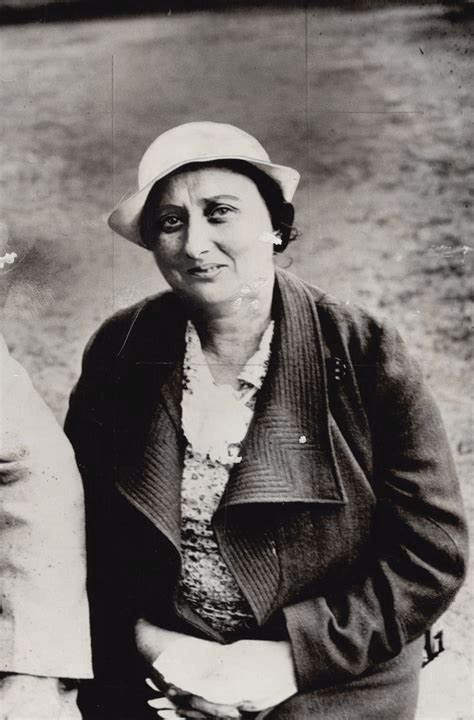
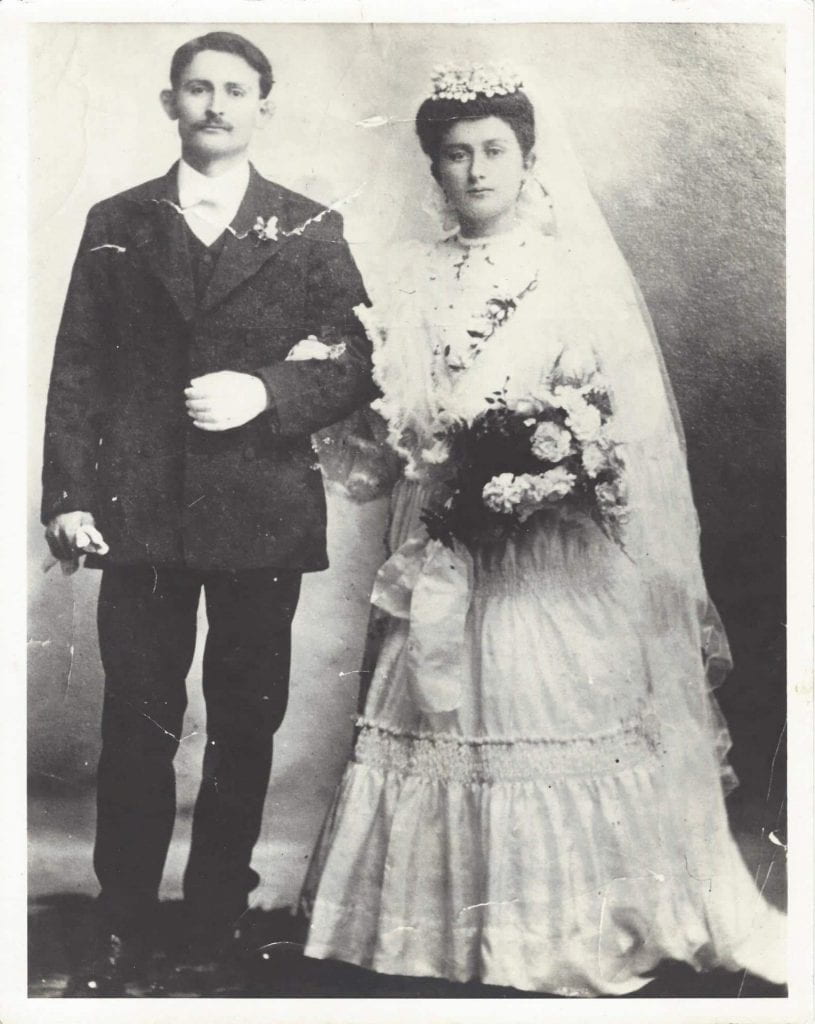
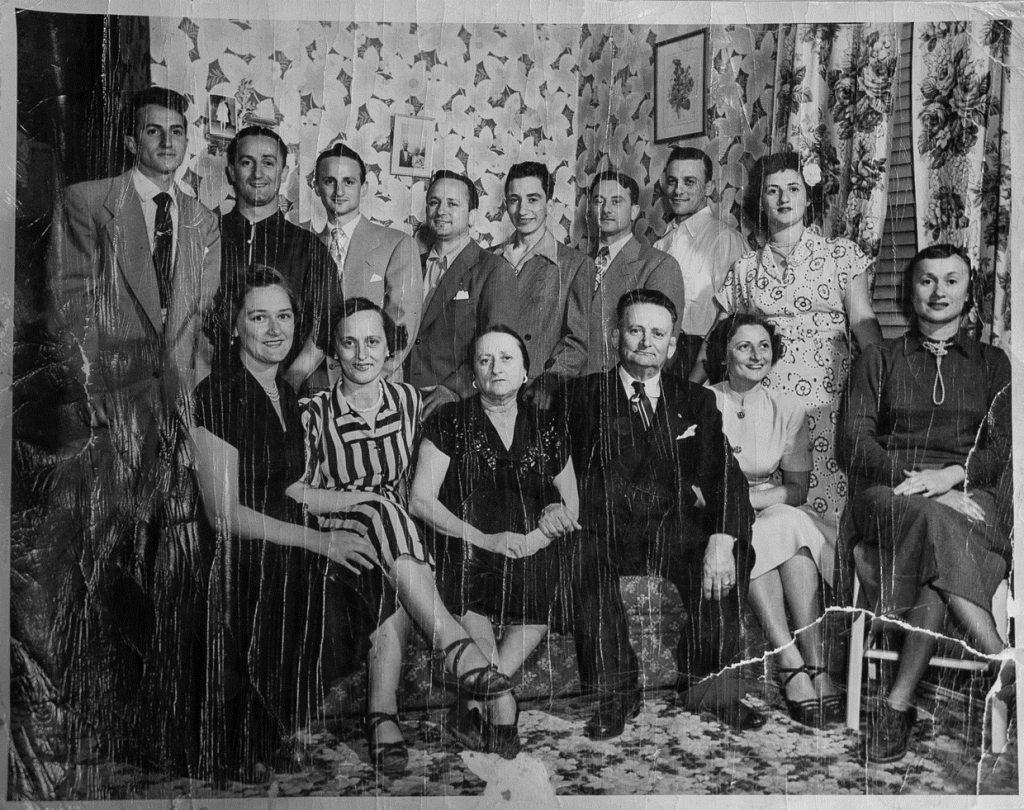
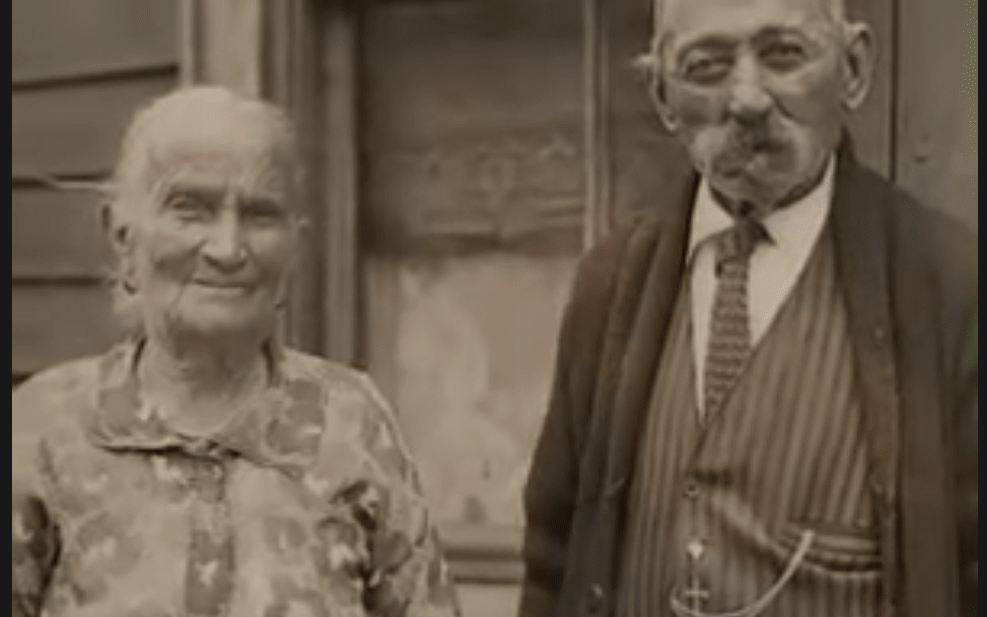
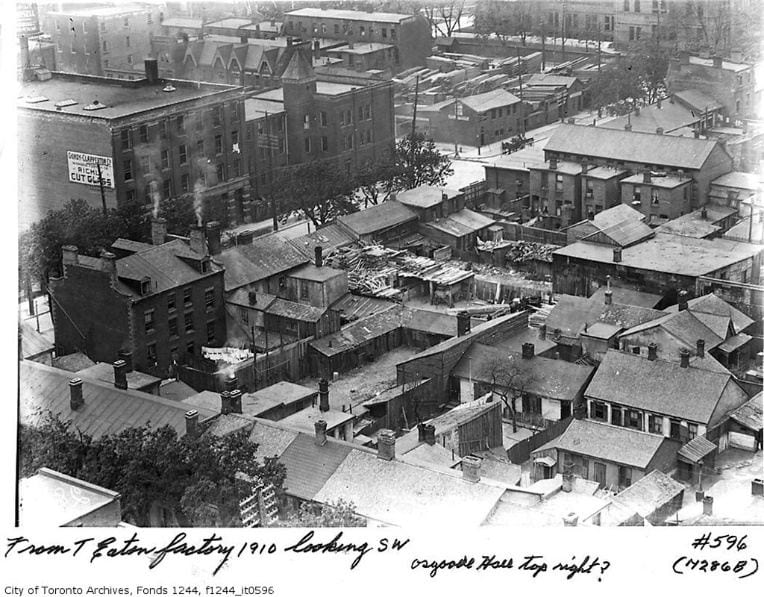
How to cite this research:
MLA STYLE: Author. “Title.” Title of container, Other contributors, Number (vol. and/or no.), Publisher, Publication Date, Location (pages, paragraphs and/or URL, DOI or permalink). 2nd container’s title, Other contributors.
Russo, Teresa. “Grace Bagnato: An Italian Canadian Pioneer.” In Italian Communities in Canada: Heritage, Cultural and Ethnographic Studies: Legends, suprv. Teresa Russo. University of Guelph: October 2021, Guelph (academic poster project, https://www.italianheritage.ca/grace-bagnato-an-italian-canadian-pioneer/). Italian-Canadian Narratives Showcase (ICNS), Sandra Parmegiani and Nivashinee Ponambalum.
Russo, Teresa. “A Nineteenth-Century Legend: Grace Bagnato (1891-1950).” In Italian Communities in Canada: Heritage, Cultural and Ethnographic Studies: Legends, suprv. Teresa Russo. University of Guelph: October 2021, Guelph (essay, https://www.italianheritage.ca/grace-bagnato-an-italian-canadian-pioneer/). Italian-Canadian Narratives Showcase (ICNS), Sandra Parmegiani and Nivashinee Ponambalum.


